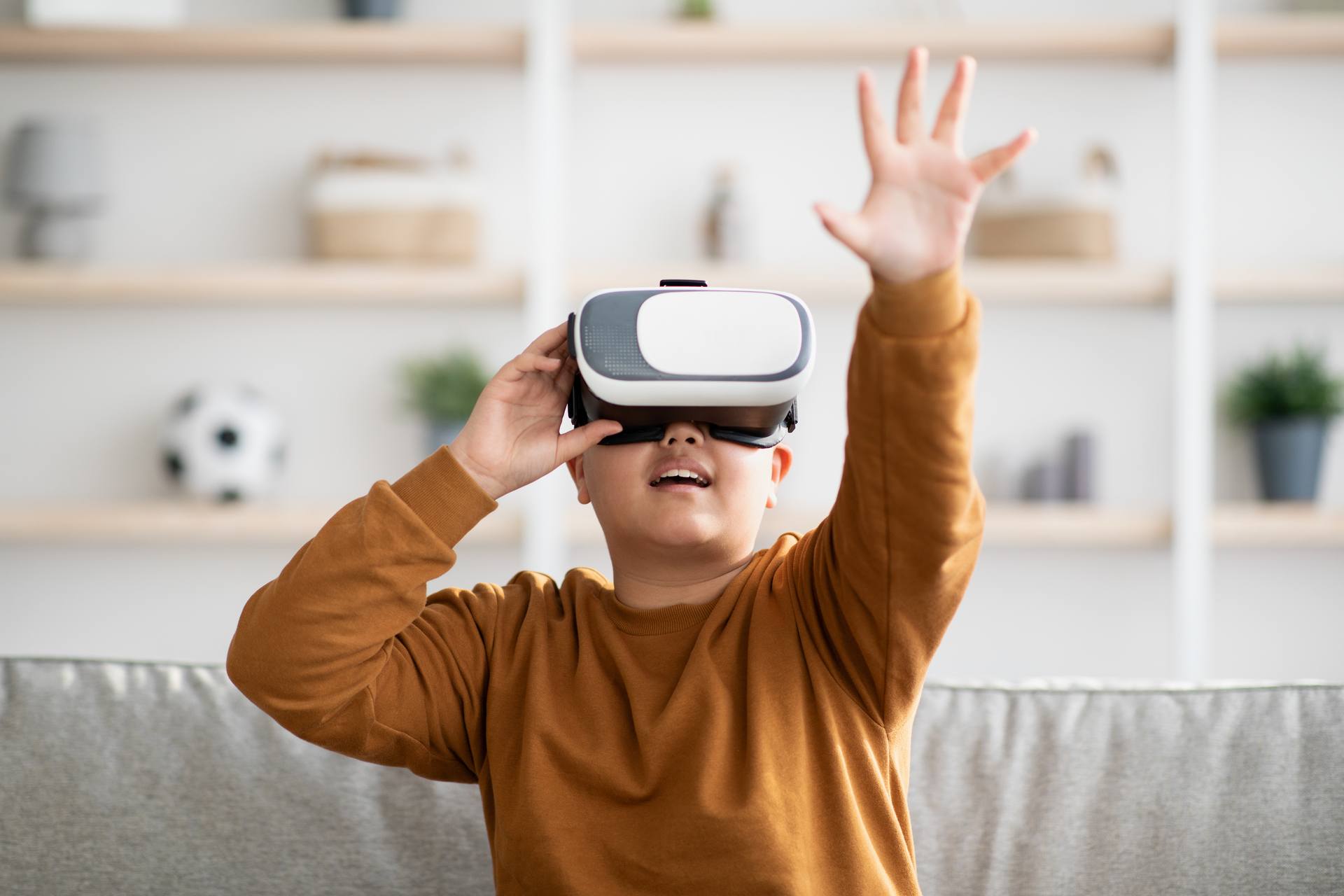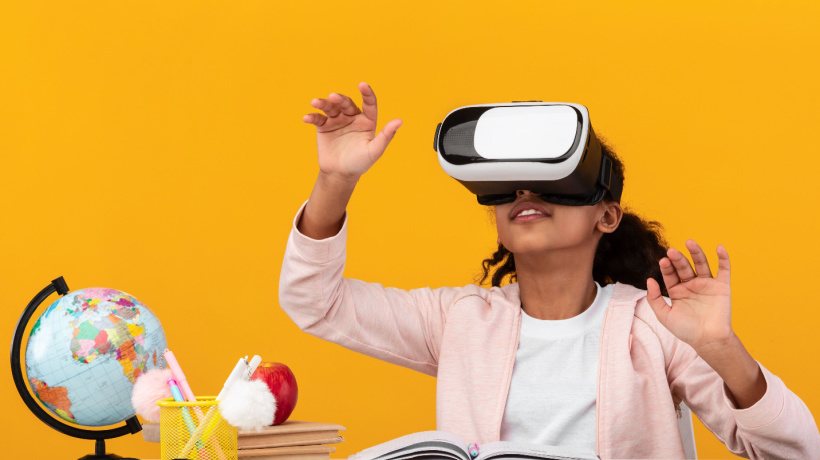What Is Immersive Learning?
The world of education is constantly changing. With state-of-the-art technology, new teaching methods are being explored all the time. Immersive learning is one such method that has gained popularity in recent years. Various immersive learning techniques are transforming the educational field, especially in primary and secondary schools.
Many colleges and universities are beginning to experiment with this type of teaching. However, there is still some debate about whether or not immersive learning is truly more effective than other teaching methods. Yet, there is no doubt that it provides a unique and engaging experience that captures students’ attention.
Immersive learning is a teaching and learning approach that integrates technology with traditional methods of education, providing a more realistic and stimulating environment for growth. It focuses more on the experience of learning rather than if a student’s answers are right or wrong.
It incorporates digital media, simulations, and other interactive tools to create "immersive" experiences for learners. This type of education can be used in both online and offline classes through simulations, role-playing, or other activities that allow students to experience firsthand what they are learning about. For example, in a history course on Ancient Greece, students might watch videos of ancient Greek dramas or visit websites with images of archaeological sites. They might also participate in discussions with classmates around the world.
Below are the different types of immersive learning examples:
- Augmented Reality
- Virtual Reality
- Mixed Reality
- 360 Film
Offline classes can use immersive learning approaches as well. A science teacher might take their students on a field trip to a local nature reserve to study ecology. An art teacher might have their students work together in groups to create a mural inspired by the works of Vincent van Gogh.
Any immersive learning experience aims to engage learners so that they learn best.
How It’s Different From Traditional Learning Methods
Immersive learning puts the student in an environment where they are surrounded by the material they are learning. Immersive learning is different from traditional learning methods in a few ways:
1. It’s More Engaging And Can Hold Students’ Attention For Longer
Immersive learning gets and keeps students’ attention for longer, as it is more engaging. Traditional learning methods can be boring, but immersive learning makes students feel like they are right in the middle of the action.
It engages the learner’s senses, increasing their comprehension of the material. For example, if they are learning about Ancient Roman History, they might walk through a simulation of Ancient Rome. Or, if the subject at hand is Science, they might use Virtual Reality to explore the inside of a cell.
Immersive learning and Virtual Reality can also be combined to make lessons more interesting. Here are some examples of immersive learning environment games:
- Building virtual cities
Students build virtual cities using different blocks and tools in this game. The aim is to create a functioning city with hospitals, schools, and other necessary facilities. This particular simulation helps students learn about urban planning and city development. - Surgery simulator
Students operate on virtual patients using surgical instruments in this game. They must complete the surgery within a set time limit and they score points for each successful operation. This game helps students learn about surgical procedures and techniques. - Dino island
Players explore an island filled with dinosaurs in this game. They must find clues that help them solve the mystery of the dinosaurs’ disappearance, while also effectively learning about paleontology and archaeology.

By Prostock-studio/Shutterstock
2. It Provides A More Realistic Experience
The second distinction from traditional learning is that it provides a more realistic experience, helping students better understand the material. In a traditional classroom setting, students are typically seated at desks and listen to a teacher lecture at the front of the room.
With immersive learning, students are in simulated real-world environments where they must interact with other people and objects as they would in everyday life. This type of learning can be especially beneficial for subjects like History, Geography, and Science, which often require hands-on exploration.
3. It Allows For Hands-On Learning
One of the advantages of immersive learning is that it allows for hands-on learning. This type of learning takes place in an environment where students are actively engaged in their learning process.
In a traditional classroom setting, students are usually passive recipients of information. However, with immersive learning, students have the opportunity to explore, experiment, and discover new things.
Conclusion
While immersive learning is still new, there is evidence that it can be a very effective way to learn. So far, it is more engaging, provides a realistic experience, and allows for hands-on learning. These are all critical factors when educating students.










